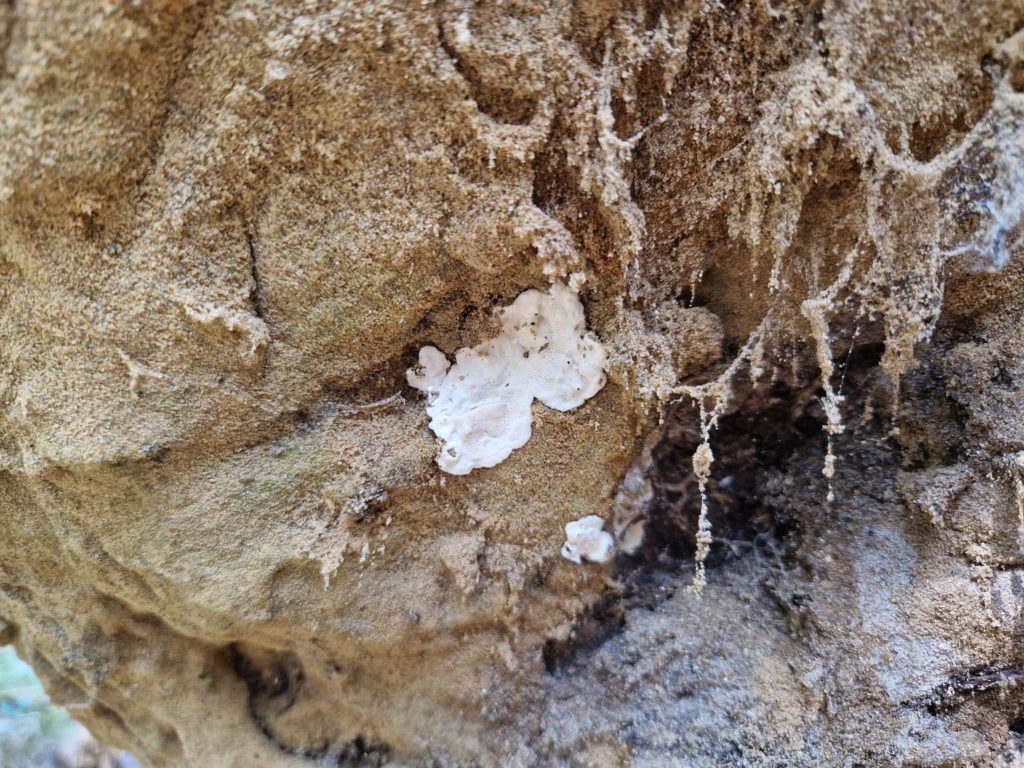Research
Our research deals with forest pathogens that threaten the economic and ecological sustainability of forests.
We study the intimate relationships between fungal organisms and trees, the intricacies underlying invasive biology and mechanisms by which trees defend themselves against plant pathogens. Understanding the genetic and biochemical-based interactions of tree resistance, pathogens and the environment is critical to maintaining healthy, sustainable and resilient forests in a changing world.
We use various techniques including both traditional and molecular diagnostics and next-generation sequencing to address stakeholder-driven needs that will have applied value to conservation, and to land and forest managers. Click below to read more about some of our different projects.

Ongoing Research
Europe has been experiencing a large-scale population decline of European ash (Fraxinus excelsior) as a result of an invasive and lethal fungus Hymenoscyphus fraxineus which was presumably introduced on nursery stock of Asian Fraxinus.
The genus Phytophthora – a group of microscopic pathogens belonging to Oomycetes that are responsible for major plant disease in many parts of the world. Phytophthora spp. cause diseases such as root and crown rots, cankers, foliar blights, and fruit rots, and affect food and fiber crops, forest trees, and a variety of ornamental plants.
Heterobasidion root rotcauses large economic losses to the forest secto because it leads to downgrading of timber, increased risk of windthrow and growth loss. Approximately 25% of Norway spruce (Picea abies), one of the most commercially important tree species in Sweden, is affected by root and butt rot, mainly caused by Heterobasidion spp.
Scots pine is one of the most important commercial species in Swedish forests. Other exotic Pinus species including P. contorta and P. mugo are commonly used in forestry and in ornamental plantings in the urban landscape, respectively.
Europe and North America have experienced an increase in invasive forest pests for past few decades driven in part from global trade. Of particular notice, Buprestids, a group of beetles, have begun to be more of a major issue for forests. For example, emerald ash borer (EAB, Agrilus planipennis) has become the most expensive forest pest in United States history.
International seed trade has been considered as a minor pathway for non-native fungal pathogens, compared to trade in other living plants. Consequently, phytosanitary measures generally do not target seeds. This is despite a high diversity of fungal taxa, including potential pathogens, in traded seeds revealed in our recent studies, which emphasize the need for better biosecurity practices to be established.
Forests in Sweden are increasingly threatened by the accidental introduction of alien species and by greater damage from native and established pests. New strategies for early pest detection and the screening for planting material that is resistant to these pests are needed to help protect Swedish forests.
